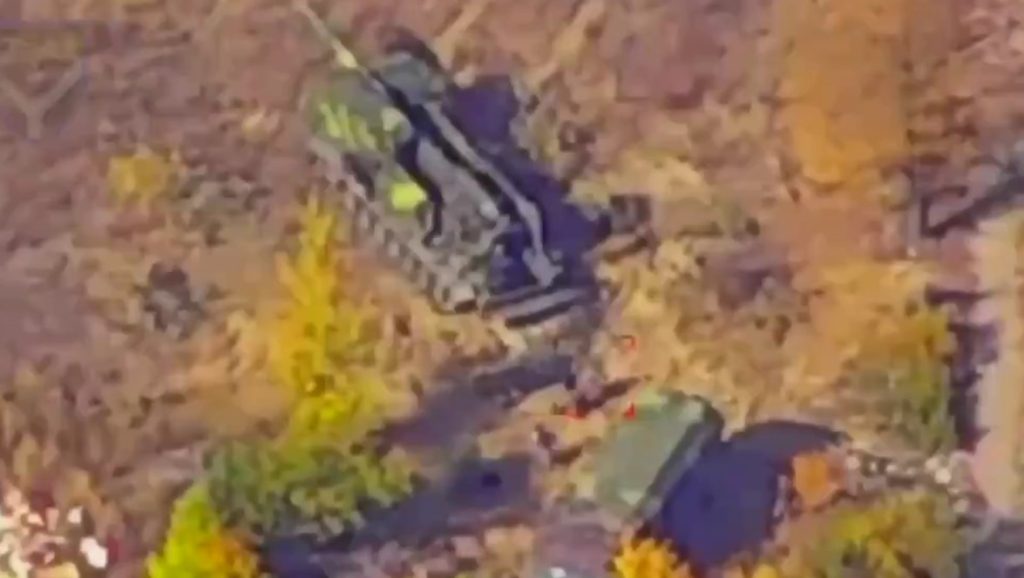The strategic timing allowed them to maximize the impact of their strike.
Others are reading now
Ukrainian forces are systematically working to eliminate Russian support weaponry, including air defense systems, radars, and self-propelled artillery.
Strategically Timed Attack
Among these formidable threats is the 2S7 Pion, a heavy artillery system developed during the Soviet era, which boasts impressive firepower. Understanding how the 2S7 Pion operates and its role in modern warfare provides insight into the ongoing conflict.
In a recent operation in Luhansk Oblast, a Ukrainian drone identified the location of a 2S7 Pion, according to WP.
However, Ukrainian forces chose to wait to launch an attack with a GMLRS M30A1 missile until an ammunition vehicle arrived with fresh supplies of shells and propellant.
Also read
This strategic timing allowed them to maximize the impact of their strike. When the missile struck, it detonated above the target, creating a rain of tungsten fragments that not only incapacitated the exposed crew but also ignited the artillery’s ammunition, resulting in a significant explosion.
Ammunition Shortages
Originally designed in the 1970s as a long-range heavy artillery system, the 2S7 Pion was intended to destroy critical targets like fuel and ammunition depots.
It can fire standard projectiles weighing over 220 pounds (100 kg) at ranges exceeding 22 miles (35 km).
With the use of rocket-assisted projectiles, this distance can increase to around 31 miles (50 km). Despite its powerful capabilities, the Pion is vulnerable during preparation and requires a crew of 14 soldiers to operate effectively.
It’s essential to note that both Russian and Ukrainian forces have faced ammunition shortages for the 2S7 Pion.
Currently, the artillery systems are utilizing American-made shells for M110 howitzers, with Ukraine receiving munitions from the U.S. and Russia obtaining supplies from Iran.


